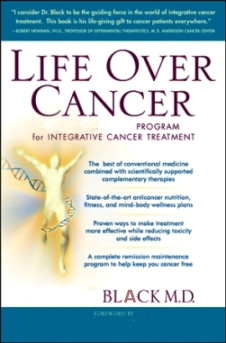How Does a Medicare Prescription Drug Plan Work?
Medicare prescription drug plans differ in their costs, the drugs they cover, and the pharmacies they work with. But here's how a basic plan would work.
- Each month, you pay a monthly fee -- or premium -- for your Part D prescription drug plan. The average premium is $31.92, although it varies across the country. You have to keep paying the Medicare Part B premium, which covers doctor visits, as well.
- You may also pay a yearly deductible. Yearly deductible is the amount you pay for your prescriptions before the plan begins to pay. Some plans charge no deductible. The standard deductible is $310 in 2010, although it varies depending on your plan. After you have paid the deductible out of your own pocket, your Medicare Prescription Drug Plan kicks in.
- Then, when you buy medications, you pay part of the costs, and your plan covers the rest of the costs. Your share may be a flat fee, called a co-pay, or a percentage of the cost of the drug, called co-insurance.
- In many plans, there is a coverage gap after you reach a spending limit. This is the "doughnut hole." After the total cost of your drugs (what you and your insurer paid combined) reaches a certain level -- typically $2,830 -- Medicare stops paying. You have to start paying your drug costs on your own. Sometimes the plan will cover generic drugs, but not brand name drugs.
- Once the amount you have spent on drugs during the whole year gets high enough -- in 2010 the limit is $4,550 -- Medicare starts paying again. When this "catastrophic coverage" kicks in, Medicare pays about 95% of all your prescription drug costs for the rest of the year.
Your deductible and all co-payments paid that year count toward that $4,550 limit. However, your monthly premiums do not.
Keep in mind, many seniors will never need to spend $4,550 because they don't use expensive drugs. Also, not all plans work like this. Plans differ in terms of their deductibles, co-payments, and coverage in the "doughnut hole." This coverage gap is an important consideration when choosing your Medicare Prescription Drug Plan.

